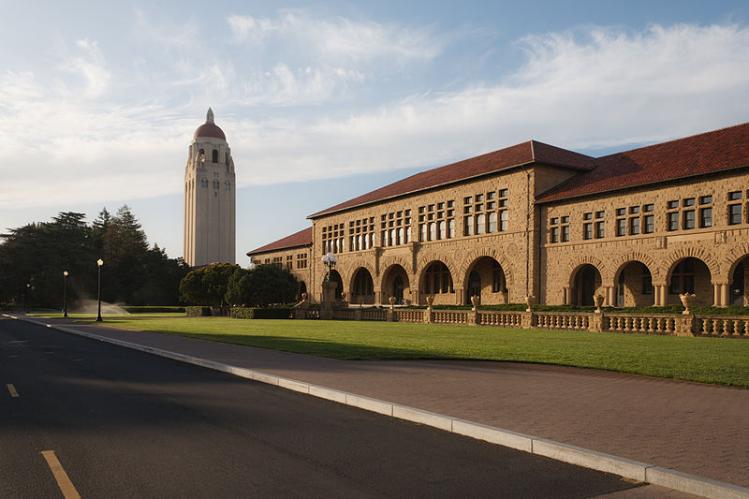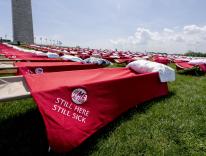
School’s out. Since the beginning of the coronavirus outbreak in the United States, schools ranging from kindergartens to universities have been closing, and learning has gone completely digital. It started on March 10, when Harvard University instructed its undergraduates to pack their bags and leave campus within five days. At the time, it felt striking, sobering—we hoped it was an overreaction. Government officials had not yet sounded the alarm; the Trump administration was still in denial about the severity of the crisis. Looking back, that moment was an inflection point for many Americans, a harbinger of all the other changes that would soon alter our daily lives. The closing of the universities was a sign, not from our public leaders, but from private institutions, whose experts had done the risk analysis and made their decision accordingly. The day after Harvard’s announcement, the World Health Organization declared the novel coronavirus a global pandemic. As “shelter in place” and “stay at home” orders were issued in California and New York, other universities followed suit.
The result has been an unforeseen disruption to American education on all levels. As Zoom meetings became a reality not just for working professionals but also for elementary-school students, a new normal was born. But not everyone has equal access to it. The Pew Research Center reports that 15 percent of U.S. households with school-age children lack high-speed internet at home. The illusion of equality on elite campuses has been shattered, as students from low-income families return to homes where they may be expected to help with childcare or household expenses.
The stay-at-home orders also coincide with a time usually reserved for prospective undergraduates to visit college campuses as they decide where to spend the next four years. Needless to say, those visits are off. With so much uncertainty about nearly everything, few can even be confident that their college of choice will be open in the fall.
Colleges and universities have not escaped controversy in this trying period. Liberty University has come under fire for remaining open, despite the health risks posed to students living in close quarters. Student activists have demanded that schools with particularly large endowments treat their contracted and subcontracted workers fairly. After laying off hundreds of workers, Stanford University faced pressure from Students for Workers Rights (SWR). The provost made concessions, including pay continuance for direct hires until June 15, but so far there has been no follow-up with the contracting company, or the workers themselves. This confusion is strikingly similar to the way the federal government has bungled its response to the pandemic. Millions are struggling to get the unemployment benefits to which they’re entitled; loans intended for small businesses get snatched up by big companies like Shake Shack; reliable testing for the virus remains elusive. We find ourselves in a moment of Kafkaesque bureaucracy and disruption. One hopes it will be followed by a moment of reckoning.
Please email comments to [email protected] and join the conversation on our Facebook page.
Previous Story
Distance, Not Desertion
Next Story
Sanctioned Cruelty

